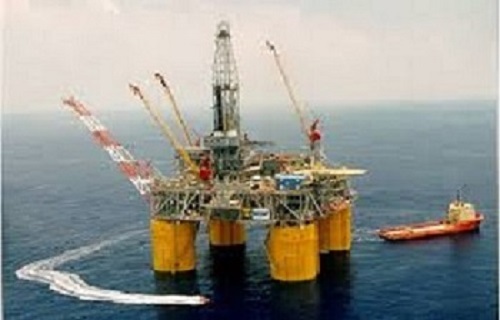The Organisation of Petroleum Exporting Countries, OPEC, and non-members commit to oil output cut, oil prices rose to over $57 per barrel in the international market.
Specifically, the price of Brent hit the roofs at $57.49 per barrel, recording over $1.0 in excess of $56 recorded the previous day.
However, Nigeria’s Bonny Light also rose from $54.44 per barrel, recorded last Monday to $55.03 on Tuesday, this week, thus raising hope for the execution of Nigeria’s N13 trillion 2021 budget.
The budget was benchmarked on $40 per barrel and 1.8 million barrels per day, mb/d oil output, including Condensate.
Nevertheless, OPEC has cautioned that it does not envisage a rapid oil price recovery in 2021, stressing that slow recovery might be possible from the second quarter, (June-August), of this year, based on the ability of stakeholders to tackle the Coronivarus pandemic and other challenges, currently impacting the market.
Commenting on the Declaration of Cooperation (DoC), initiated by OPEC and non-OPEC members, at the S&P Global Platts Americas Petroleum and Energy Conference, January 27, 2021.
Mohammad Sanusi Barkindo, OPEC Secretary-General, said:
“Over the subsequent three years, from 2017-2019, the diligent, and coordinated response through voluntary production adjustment decisions taken by the DoC helped rebalance the market, restore stability and revive the industry. When the year turned from 2019 to 2020, there was a great deal of optimism for the oil market in the coming 12 months. Not only for the oil market; the global economy too.”
According to him, “By March, however, the COVID-19 pandemic had pervaded almost every aspect of our daily lives, with widespread lockdowns, economies in major distress, and many businesses shuttered in. In terms of the oil and gas industry, every producer was impacted. No-one was immune.
The DoC had to again stand up and be counted. The action was needed, and activities we did with the largest and longest production adjustments in the history of the OPEC, the DoC, and the oil industry agreed on 12 April 2020 to help counter the massive oil demand decline that at times was above 20 mb/d in April.
The phased reductions in the adjustment levels over a two-year period demonstrated the full commitment of all participants to a common goal.
“I am sure each and every one of us can recall the dire situation the industry was in, which was most dramatically illustrated on 20 April 2020 when the price of WTI went negative. It was a visceral day, and one often described as ‘Black Monday’.
It was a time when the industry faced a potential crude oversupply of nearly 1.3 billion barrels. There were even deep concerns that some storage hubs could actually reach tank tops.
Thankfully, this never came to pass, in part due to the decisive actions of the DoC.
Since then the DoC has shown great courage and flexibility and has adapted as and when necessary to changing market dynamics, particularly with the post-summer advent of second and third waves of COVID-19.
We have never been complacent. It has been one-step-at-a-time, guided by the data and analysis, and robustly supported by the strong multilateral process we have in place.
“Another pivotal outcome of the April 2020 meetings has been the broader encouragement and support that DoC participants have received.
This came from the very highest levels of government, from the G20 and from the very largest global oil producers, including Norway, the US, and Canada, as well as consumers.
The DoC was at times a polestar for the oil market during some of the dark days of 2020; a multilateral approach helping guides the industry through stormy waters.
We also realize our work is not done. We have our eyes firmly fixed on 2021. It is clear the recovery has been fragile and uncertainties remain, particularly in terms of the pandemic.
Vaccines offer some much-needed light at the end of the tunnel, but the ever-increasing number of COVID-19 cases, and sadly human loss, as well as renewed lockdowns, is a harsh reminder of how delicate the situation remains.
Nonetheless, we are cautiously optimistic for the global economic rebound in 2021, and for significant oil demand growth.
But we will continue to take a month-by-month approach to assess market conditions, and stand ready to take any necessary actions through the DoC.
In looking further ahead, oil market stability, and more broadly, energy market stability, will be vital to the energy transition.
He added: “Stability begets stability, and this will be essential to help bring on board the huge investments required in the years ahead.
Our World Oil Outlook (WOO) 2020 shows that $12.6 trillion will be required between now and 2045 in the upstream, midstream, and downstream oil sectors.
To place this in some further context, our current assessments show that upstream capital expenditure could have fallen by more than 30 per cent in 2020, beyond the 23% losses experienced in both 2015 and 2016.”


Comment here